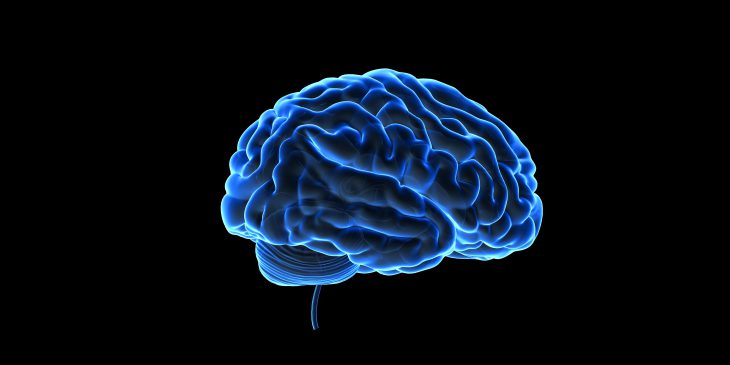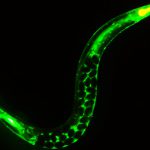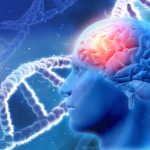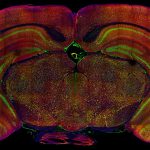Researchers at the University of Pittsburgh are working to understand how our genetic material can cause Alzheimer’s disease and challenging conventional thinking about this progressive illness.
Many scientists believe the disease is caused by a buildup of protein deposits in the brain, referred to as plaques and tangles, that occur naturally with aging and increase substantially in Alzheimer’s disease.
“I think we’ve been really misguided in our approaches to Alzheimer’s,” said Dr. Karl Herrup, professor of neurobiology at Pitt. “While the plaques and tangles view of Alzheimer’s disease, called the amyloid cascade hypothesis, was compelling 20 years ago, the scientific advances of the last two decades leave it lacking in intellectual rigor. In my lab, we are determined to develop alternative approaches that are more practical and more productive.”
Herrup and his team are studying how a network of genes and their regulation could cause Alzheimer’s, which affects more than 6 million Americans. If these genes are turned on at the wrong time, they can create proteins when they shouldn’t, causing serious consequences.
“Alzheimer’s is probably the most complex nervous system disease that afflicts human beings. It just doesn’t seem logical to try and find a single, simple biological basis for it,” Herrup said. “My view of Alzheimer’s is that it is not a disease of wrong proteins, but proteins in the wrong place at the wrong time.”
He believes that by approaching Alzheimer’s disease as a problem of gene regulation, researchers will identify a number of ways Alzheimer’s could develop and then be able to better target therapies for the disease. One method is by over-expressing a mutated gene in a neuron to create a specific kind protein. Once that protein is created, it can make it more difficult for the brain cells to make connections.
The research team also studies how the myelin wrapping around a neuron plays a role in the disease. Myelin helps brain cells talk to each other quickly. Alzheimer’s patients lose this coating, slowing down their brain function.
“We think that isn’t just a correlation, but rather a connection that may be a significant part of the biological mechanisms driving the disease,” Herrup said. “We’re also studying the role inflammation plays in Alzheimer’s disease. As we age, our DNA can become damaged, which often causes inflammation. This could play a role in Alzheimer’s as well.”
The research team recently received a nearly $4 million grant from the Pennsylvania Department of Health to study how these networks of misregulated genes could cause Alzheimer’s. Their information will be aggregated into one super-computing system and distributed to future scientists from underrepresented communities.
“We want to offer all of this science activity as a training ground for aspiring young researchers from underrepresented minorities,” Herrup said. “I hope that this information will help us one day develop a cure.”









